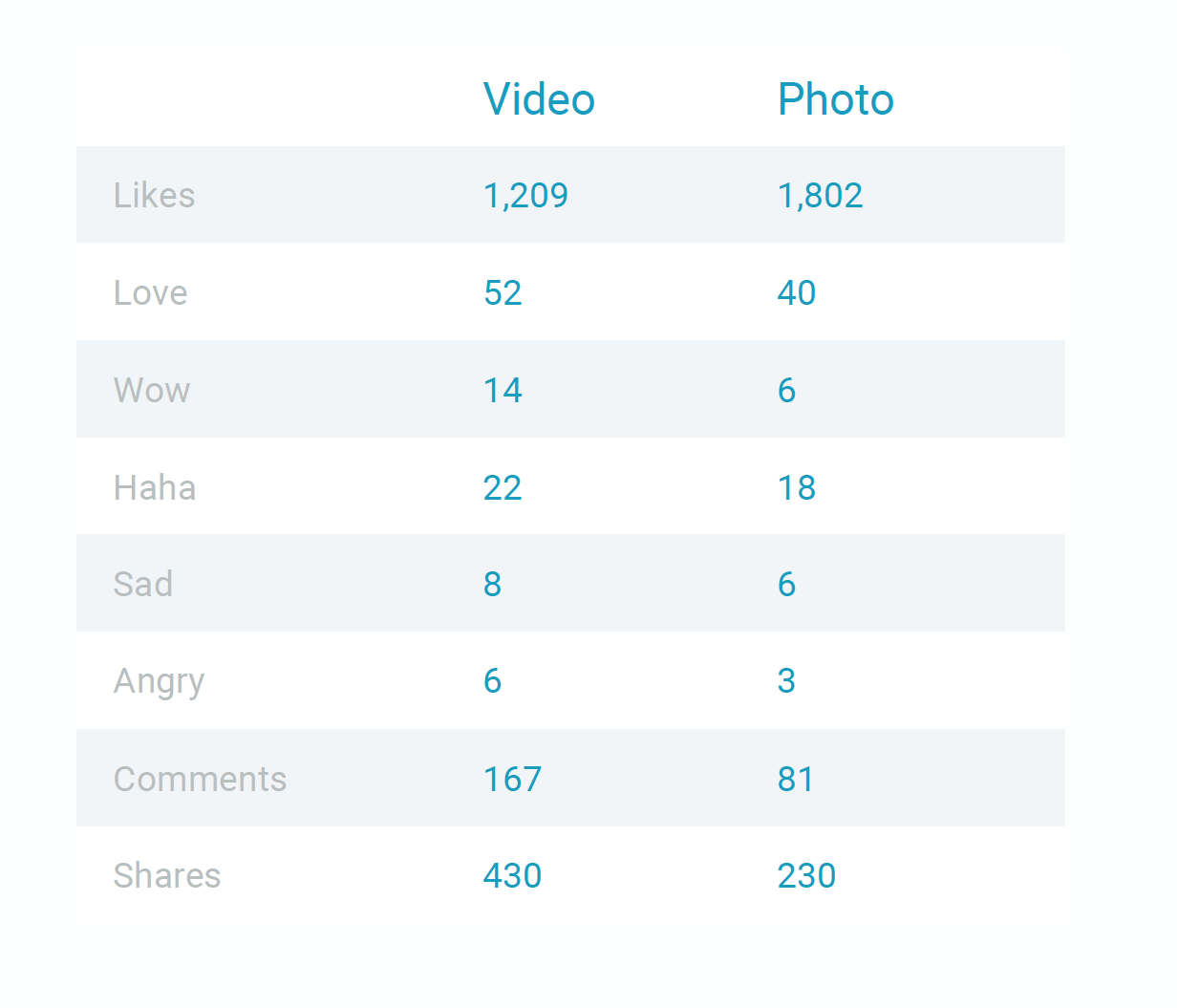Social
Study: No One Uses Facebook Reactions
If any emoji could represent Facebook right now, it would be ?.
Why? According to a new study by Quintly, a social analytics platform, Facebook’s hullabalooed Reactions buttons account for only 3 percent of all interactions on the social network.
When Facebook officially launched six Reactions in February, it was a big deal. As writer Sarah Frier put it in a Bloomberg feature article, “Changing the button is like Coca-Cola messing with its secret recipe.”
Of the six Reactions, one is just the old-fashioned “like” button, but the rest—a heart, a laughing face, a wow face, a sad face, and an angry face—amounted to a fundamental shift in how the social network functioned.
Or, at least, they were supposed to.
Chart via Quintly
As this chart shows, the majority of interactions on Facebook are still the classics: likes, shares, and comments. Other studies have come to similar conclusions. Unmetric, another analytics company, found that 93 percent of Reactions were likes. A different study, from the research firm UserTesting, hinted at why: People don’t know how to access the new buttons. Forty-five percent of respondents rated them hard to find, though 80 percent found them useful once they did.
The Quintly study also showed that the heart emoji designed to signify love is the most popular of the five new Reactions. Facebook can’t be too happy about that result either, considering a love is really not much different than a like.
One interesting nuance, however, is that users were 40 percent more likely to use Reactions on Facebook videos than photographs. It seems intuitive that video, which generally includes a stronger narrative than a static image, would cause more of a reaction.
Chart via Quintly
Though Reactions are still relatively new, it’s worth asking how Facebook will push people to use them more often. More Reactions means more data for Facebook’s algorithm—an angry face, for example, sends a very different signal than a like. These emojis also help brands and publishers optimize their content without having to parse through comments.
So far, it’s clear the feature hasn’t worked. Now, the question is: Will Facebook find a way to revitalize it, or will it die a slow, sad ??
Image by Facebook NewsroomGet better at your job right now.
Read our monthly newsletter to master content marketing. It’s made for marketers, creators, and everyone in between.






